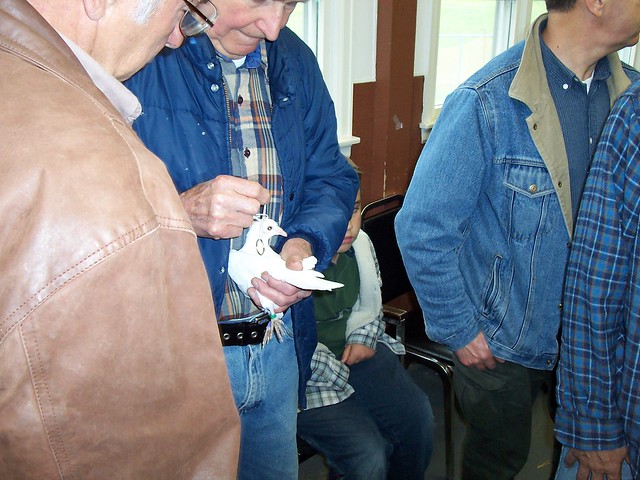At  present, there is no known early to determine the sex of the specimens not adults, although in certain cases, there are fans that determine sex, perhaps more geared for their insights, which because of its age.
present, there is no known early to determine the sex of the specimens not adults, although in certain cases, there are fans that determine sex, perhaps more geared for their insights, which because of its age.
An efficient procedure is to wait for 5 or 6 months, longer sexual dimorphism is evident, leading to the commissioning by the female.




